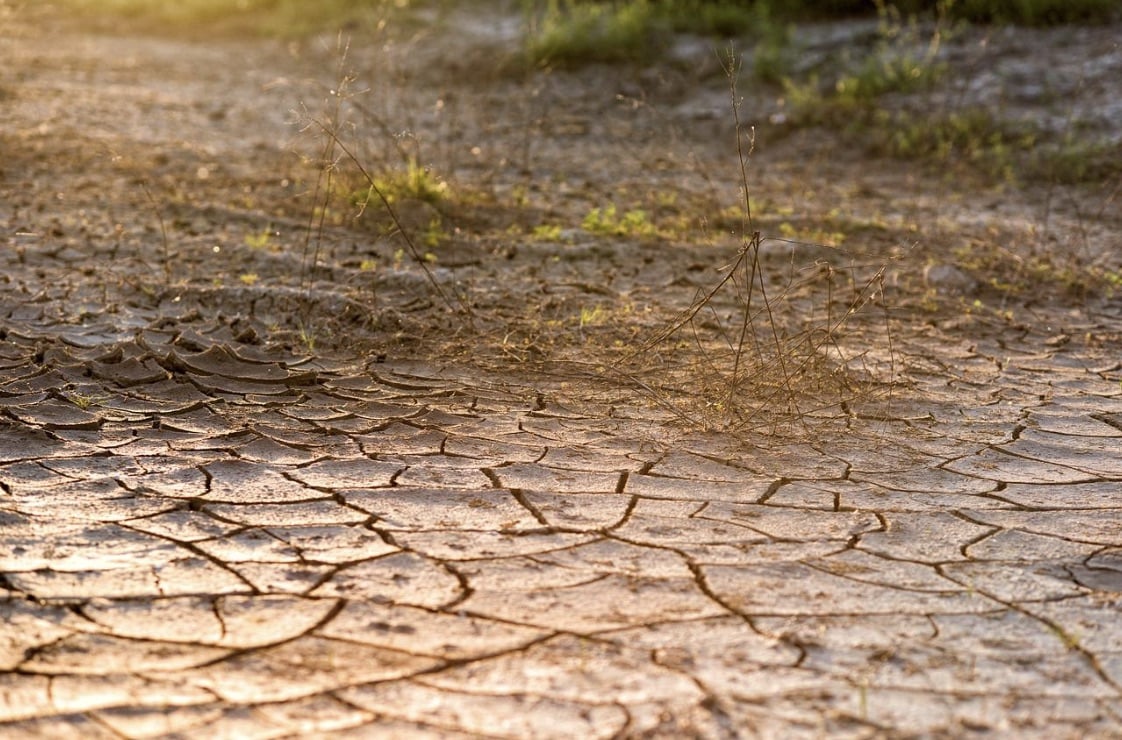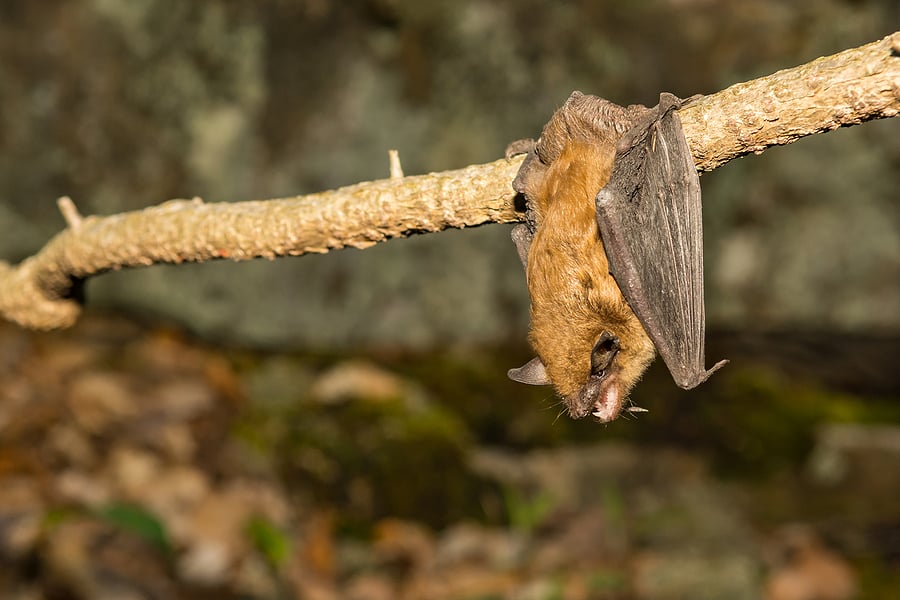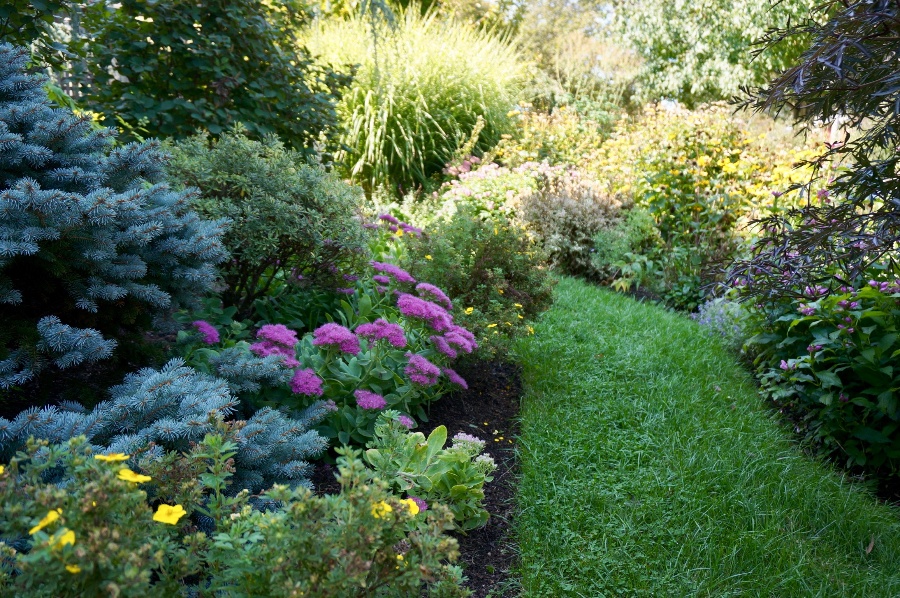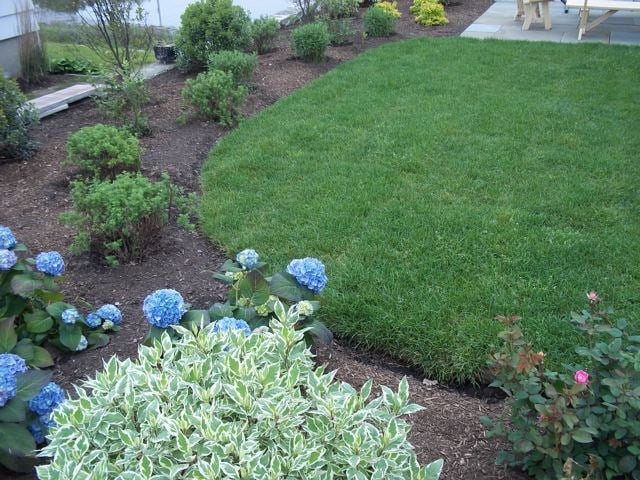According to the American Society of Landscape Architects climate change is rapidly growing as a significant factor in landscape design. Raising temperatures, more frequent and severe droughts, and increasing damage from bigger storms are all taking their toll on both the natural and built environment.
If you’re a property owner considering a new landscape project it’s important to be aware of the following five major factors that can have a significant effect on your landscaping plans:
Shifting plant growing zones
The USDA’s Plant Hardiness Map provides a breakdown of where plants can survive based on an area’s maximum and minimum temperatures. Most of eastern Massachusetts is in zones 6 and 7. In 2019, the USDA warned that global warming is already affecting plant-growth environments and hardiness zones are “creeping north systematically.” Homeowners will need to start checking to ensure that plants they’ve traditionally grown are still suitable for their gardens and beds.

Changing conditions that will affect new plant choices
Changes in temperature and water availability will have a substantial impact on plant choice as we experience colder winters and hotter summers. The changing environment will affect when and what we should plant throughout the season to maximize yields and maintain color. Plants that have done well in certain regions for decades or even centuries may no longer survive because of early frost or extended heat.
Altered bloom patterns
First leaf and bloom dates for many plants vary from year to year, making it difficult to measure major changes. However, the EPA’s Climate Change Indicators show that since the early 20th century the growing season in the lower 48 states has generally increased by about two weeks. In the eastern part of the country, it has increased about a day per decade. Across the country, almost every state has seen the growing season get longer, affecting when and for how long many plants will bloom.
Disrupted pollination cycles
Climate change’s impact on flowering plants has a ripple effect on the animals and insects that depend on them. A Yale University report on climate change’s impact on pollinators found that fewer honeybees are being seen across the United States, from Colorado to New York. While a few less honeybees may not seem like such a big deal, in fact, honeybees and other critical pollinators play an enormous role in producing the food we all eat -- pollinators are needed to pollinate approximately 75 percent of plants that make up the global food supply
Scientists believe that “false springs” – unseasonably warm temperatures during winter months – are causing pollinators such as insects to appear early, only to be killed by late-season frost and cold. To make matters worse, changing pollinator and plant life cycles are adding to the problem. In some cases, plant and pollinator availability don’t align and pollination doesn’t occur because the blooms aren’t there when the pollinators are looking for them.
Changing irrigation needs
Irrigation systems are a convenient, effective, and cost-efficient way to deliver water to lawns, gardens, trees, and shrubs. But as we experience widening swings between floods and droughts, monitoring water requirements and managing the proper amount of irrigation is becoming increasingly challenging. If you have an older, manual irrigation system, or are thinking of installing one for the first time, make sure it includes moisture sensors and programmable, automated controls to ensure the right amount of water is distributed at the right times.
Landscaping today: What we can do right now to address climate change
Adapting built and managed landscapes to the challenges of climate change is an important component in building sustainable ecosystems. In most cases, planting native species is a crucial element in maintaining a healthy, thriving environment. Local nurseries that specialize in native plants here in New England are a great place to start, and online resources can provide searchable regional plant lists and local suppliers.
 A native tree called Cornus mas (Cornelian Cherry) with a spring bloom
A native tree called Cornus mas (Cornelian Cherry) with a spring bloom
The Audubon Society goes one step further and offers a handy online native plants database that can tell you which native plants attract which birds so you can develop a more holistic, integrated ecosystem. Diversity encourages diversity, so add a variety of plant species to your landscape design, with different characteristics and flowering times, to help support pollinators and other animals as well.
Before planting anything, be sure to carefully analyze your specific landscape environment to get a better understanding of soil composition, moisture sources, wind and sunlight exposure, and other factors that will influence plant choice and placement as well as hardscape design and construction. A little homework will go a long way in developing and implementing a landscape design that requires minimal human intervention and artificial life support.
Better yet, to ensure your landscaping is created in a sustainable way that minimizes environmental impact while maximizing the functionality and benefits it provides, work with a company that specializes in ecological gardening and landscaping methods. Get in touch with the team at Moodscapes to learn about how we can help.




 A native tree called Cornus mas (Cornelian Cherry) with a spring bloom
A native tree called Cornus mas (Cornelian Cherry) with a spring bloom


















